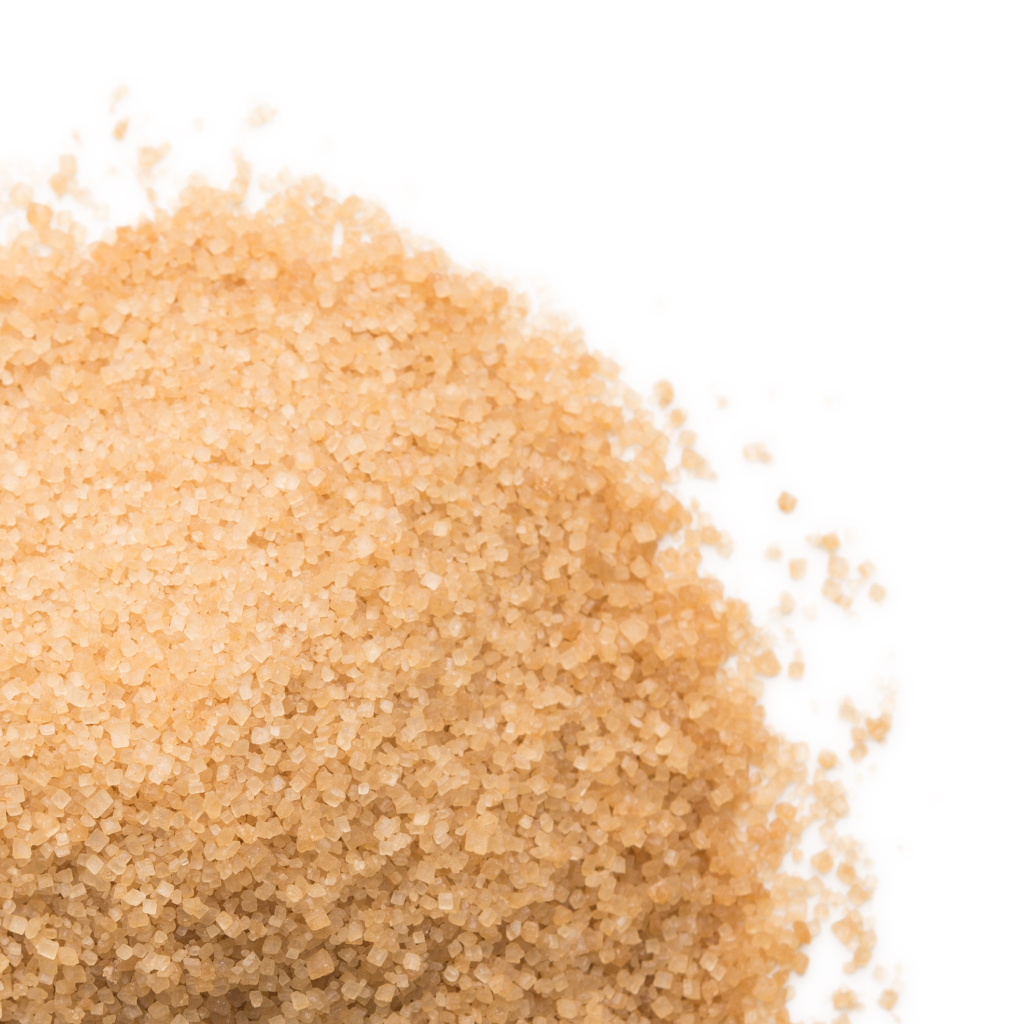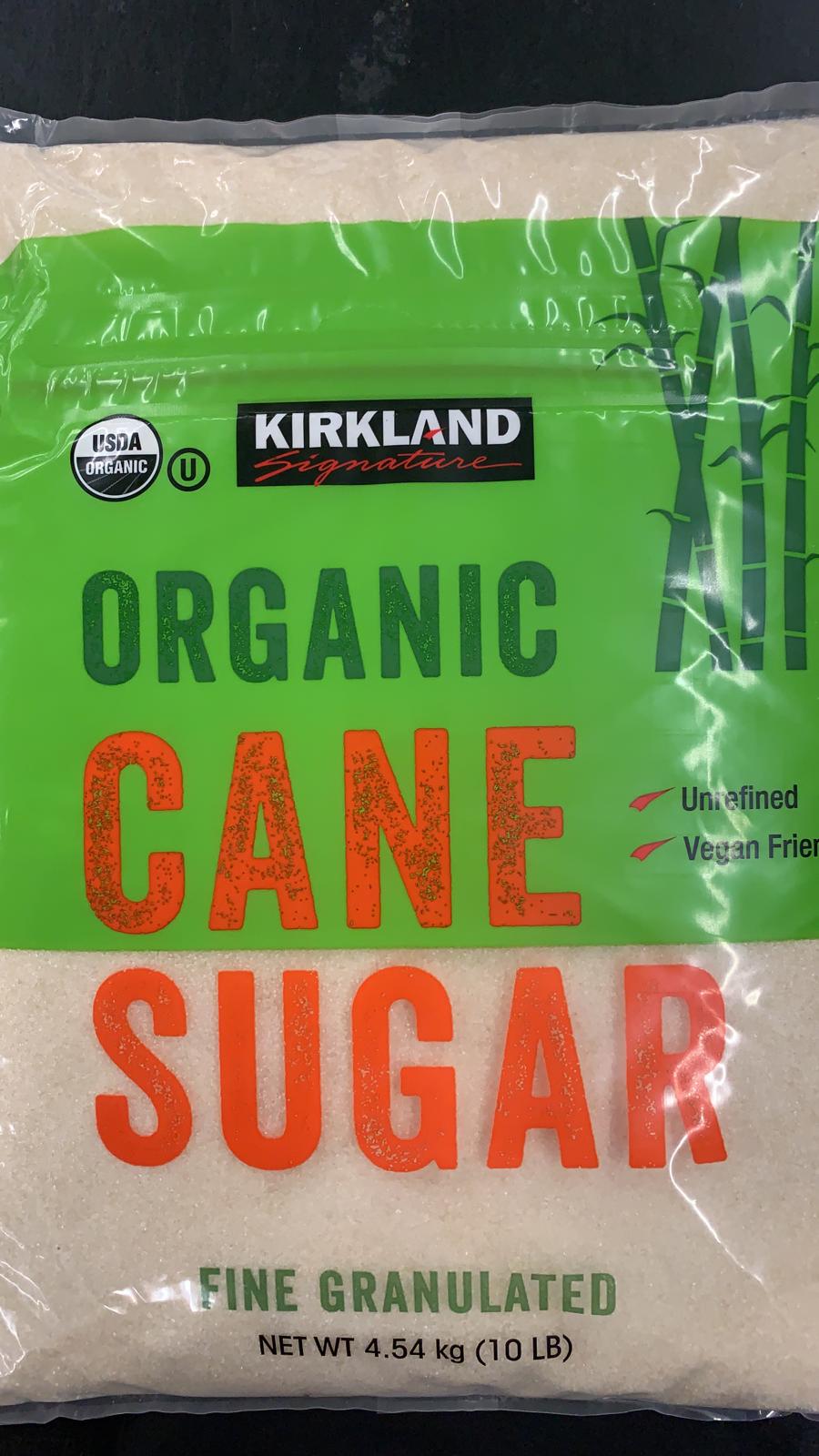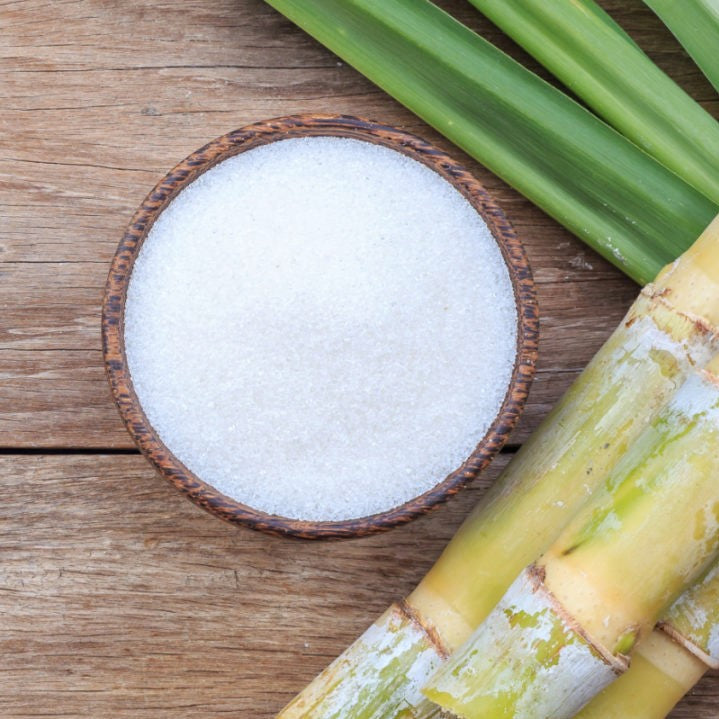Comprehending Cane Sugar Processing: A Comprehensive Introduction of the Stages
Comprehending Cane Sugar Processing: A Comprehensive Introduction of the Stages
Blog Article
Exploring the Comprehensive Steps Associated With Cane Sugar Processing From Harvesting to Improvement
The procedure of walking stick sugar production incorporates a series of elaborate actions, beginning with the careful harvesting of sugarcane and culminating in the refinement stages that guarantee the last item meets market standards. Each phase, from the extraction of juice to the filtration and formation processes, plays a vital role in figuring out the top quality and character of the sugar.
Gathering Sugarcane
Collecting sugarcane is a crucial step in the walking stick sugar handling chain, as it straight affects the high quality and return of the last item. Correct timing and techniques are essential during this phase to ensure optimal sugar content and reduce losses. Commonly, sugarcane is harvested when it reaches maturity, normally 12 to 18 months after growing, identified by a high sucrose focus.

Post-harvest, the sugarcane needs to be processed swiftly to avoid sucrose destruction. Preferably, gathered walking stick should be carried to refining centers within 24-hour to maintain sugar quality. As a result, efficient logistical preparation is crucial to maintain the integrity of the gathered plant throughout the supply chain.
Removal Refine

The smashed walking stick goes through a collection of pressing operations to make the most of juice healing. Typically, hot water is splashed onto the smashed cane, creating a countercurrent flow that aids dissolve the sugar while also assisting in the extraction process. The juice accumulated from this operation contains not just sugar but additionally different natural compounds and pollutants.

To enhance extraction effectiveness, some centers might employ diffusion approaches, where the sugarcane is taken in hot water, permitting the soluble sugars to diffuse into the liquid. The resulting juice, rich in sucrose, is then directed to succeeding processing stages, laying the structure for filtration and improvement. The removal process is hence pivotal in determining the quality and yield of the last sugar item.
Filtration Techniques
The purification strategies utilized in walking cane sugar handling are important for changing the raw juice into a top notch sugar product. These methods primarily aim to remove impurities, such as dirt, plant products, and not natural compounds, which can negatively impact the last item's taste and color.
One of the most typical purification methods Go Here is clarification. This procedure involves adding lime and warm to the raw juice, which assists in the coagulation of pollutants. The resulting precipitate is then removed via sedimentation or filtering, yielding a clearer juice. Additionally, making use of phosphoric acid can boost the information process by further binding pollutants.
An additional significant method is carbonatation, where co2 is introduced to the cleared up juice. This response creates calcium carbonate, which captures staying contaminations and promotes their removal.
Additionally, triggered carbon therapy might be put on adsorb any remaining colorants and organic contaminations, making sure an extra refined product. The combination of these methods effectively prepares the sugar juice for succeeding actions in the refining procedure, establishing the stage for the production of top quality walking stick sugar.
Formation Techniques
After the purification phase, the next vital step in walking cane sugar processing includes formation methods, which play an essential role in changing the clarified juice right into solid sugar. This procedure usually uses 2 main approaches: spontaneous crystallization and controlled condensation.
In spontaneous crystallization, supersaturated sugar services are enabled to cool down normally, causing the development of sugar crystals over time. This approach is easier but might lead to unequal crystal dimensions and reduced pureness degrees. On the other hand, controlled formation is a much more exact method where seeding, temperature level, and focus agents are thoroughly handled. This approach allows for the uniform growth of sugar crystals and greater purity.
During condensation, the made clear juice is focused with evaporation, enhancing its sugar material until it gets to supersaturation. As soon as this factor is accomplished, either method can facilitate the formation procedure. Cane Sugar Processing. The resultant sugar crystals are after read that separated from the remaining syrup through centrifugation
Ultimately, the choice of crystallization approach influences the quality, dimension, and pureness of the last sugar item, making this step crucial in the total walking stick sugar processing treatment.
Refinement and Packaging
Exactly how can the purity and quality of walking cane sugar be additionally improved after condensation? The refinement process plays a crucial duty in attaining top notch cane sugar.
Next, the sugar is subjected to a process called centrifugation, where it is spun at broadband see page to divide the purified sugar crystals from the remaining fluid. After centrifugation, the sugar is typically further improved via a technique called carbonization or phosphatation, which uses activated carbon or phosphoric acid to get rid of shade and off-flavors.
As soon as fine-tuned, the sugar is dried out to achieve the preferred dampness content, making sure that it continues to be stable during storage and transport. The last action involves packaging the polished sugar in moisture-proof and closed containers to maintain its high quality and prevent contamination. Cane Sugar Processing. Appropriate product packaging not only prolongs rack life but likewise helps with very easy handling and distribution, ensuring that customers obtain sugar that satisfies the greatest requirements of pureness and high quality
Verdict
The comprehensive steps involved in cane sugar handling, from the meticulous harvesting of sugarcane to the elaborate refinement and packaging stages, underscore the importance of each stage in making sure high-grade sugar manufacturing. Optimal harvesting techniques, effective extraction methods, and rigorous filtration procedures jointly contribute to the end product's pureness and security. The condensation and subsequent packaging techniques further enhance the honesty and life span of the sugar, highlighting the complexity and precision integral in this necessary agricultural industry.
The procedure of walking stick sugar manufacturing includes a series of intricate steps, beginning with the careful harvesting of sugarcane and culminating in the improvement phases that ensure the final product meets market standards. Preferably, harvested cane needs to be delivered to processing facilities within 24 hours to preserve sugar high quality.In spontaneous formation, supersaturated sugar services are permitted to cool down normally, leading to the development of sugar crystals over time - Cane Sugar Processing. The refinement process plays a vital duty in achieving high-quality cane sugar.The comprehensive actions entailed in cane sugar handling, from the careful harvesting of sugarcane to the elaborate improvement and product packaging phases, underscore the significance of each phase in guaranteeing high-quality sugar manufacturing
Report this page